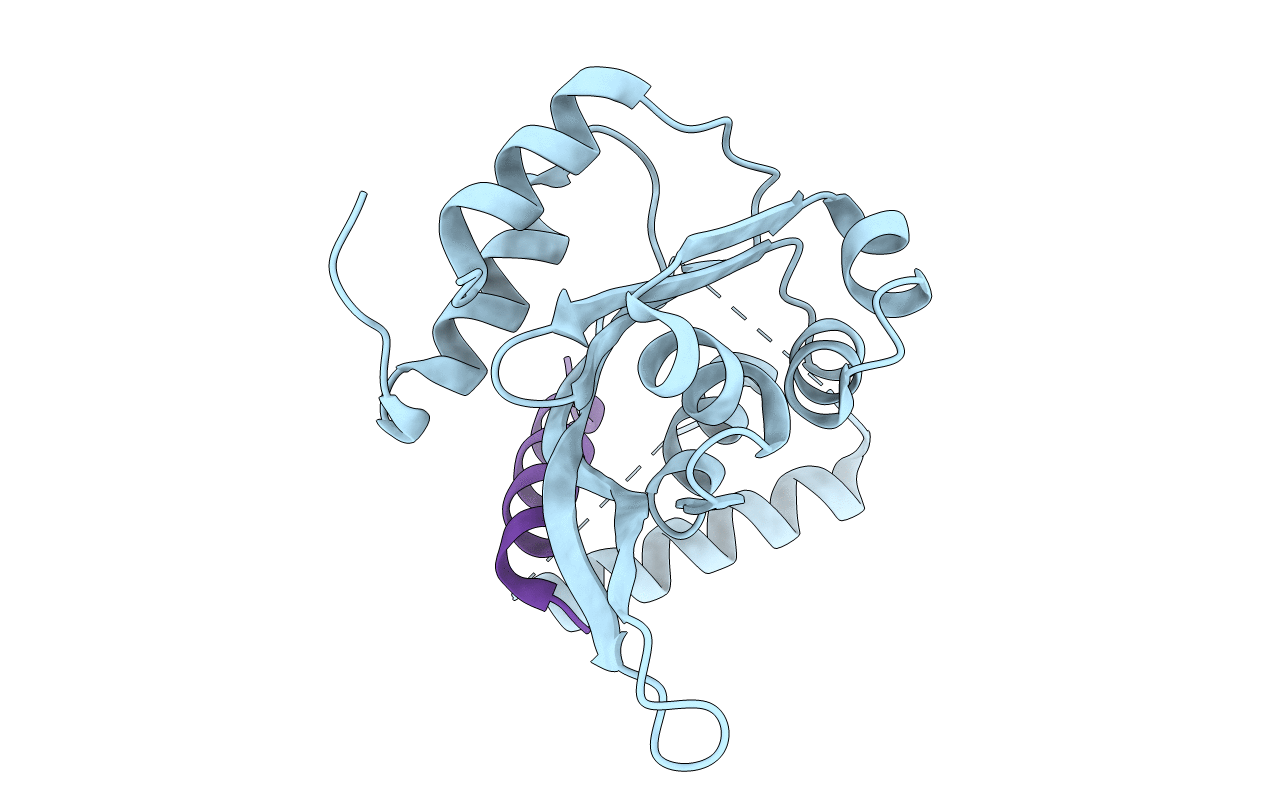
Deposition Date
2015-03-24
Release Date
2015-08-05
Last Version Date
2023-09-27
Entry Detail
PDB ID:
4YZ6
Keywords:
Title:
Crystal Structure of Myc3[44-238] from Arabidopsis in complex with Jaz1 peptide [200-221]
Biological Source:
Source Organism:
Arabidopsis thaliana (Taxon ID: 3702)
Host Organism:
Method Details:
Experimental Method:
Resolution:
1.95 Å
R-Value Free:
0.21
R-Value Work:
0.18
R-Value Observed:
0.18
Space Group:
P 32 2 1


